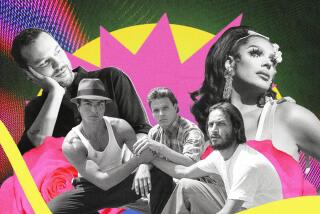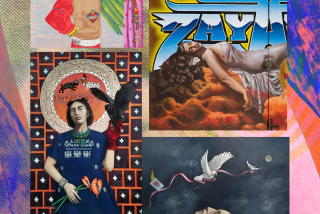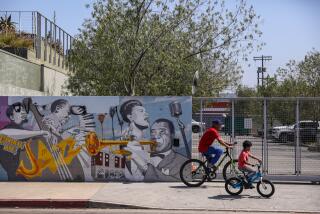In wake of L.A. riots, cultural institutions show new focus
The civil unrest that devastated Los Angeles in spring 1992 and lighted a fire under the city’s police department and political establishment also sounded an alarm to L.A.’s major cultural institutions: They needed to diversify their programming, expand their audiences, and step up their outreach efforts toward a population undergoing rapid demographic change.
Over the past 20 years, institutions such as LACMA, the L.A. Phil, the Getty and L.A. Opera have attempted to attract larger audiences, particularly younger ones, from the region’s growing Mexican American, Central American, Asian American and other ethnic-minority populations.
LACMA hired its first curator of Latin American art in 2000 and in the past decade has held major exhibitions of Chicano, Mexican colonial and pre-Columbian art. It has also been trying to add Latino and Latin American board members.
L.A. Opera, under Plácido Domingo, who was born in Spain but spent much of his youth in Mexico, has also sought to spotlight Latin American and other minority artists.
The L.A. Phil hired the young Venezuelan conductor Gustavo Dudamel to be its music director starting in 2009, broadened its musical offerings at Walt Disney Concert Hall and the Bowl.
Between 1992 and 2005, Center Theatre Group sponsored a Latino Theatre Initiative, complementing other CTG workshop programs aimed at bringing more black, Latin and Asian voices into the theater. It has since been eliminated.
Meanwhile, smaller cultural venues, from 23-year-old Highways Performance Space in Santa Monica and East West Players in Little Tokyo (founded in 1965), to REDCAT and Josefina Lopez’s Casa 0101 in Boyle Heights, mirror the city’s cultural mix.
More to Read
The biggest entertainment stories
Get our big stories about Hollywood, film, television, music, arts, culture and more right in your inbox as soon as they publish.
You may occasionally receive promotional content from the Los Angeles Times.







